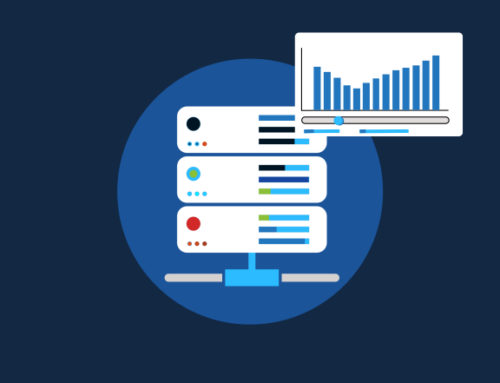During periods of high inflation, the procurement department’s ability to reduce costs and protect margins is crucial for business success. In recent years, procurement teams have faced new challenges and priorities because of inflation, supply chain disruptions, and rising costs. As Internet Service Providers manage rising input costs and reduce supplier risk, they must frequently revisit their supply chain, long-term strategy, and tactical procurement during high-risk periods.
What is a procurement strategy?
A strategic procurement process evaluates an organization’s entire supply cycle with the aim of optimizing it. A procurement strategy is a long-term strategy for acquiring supplies at an affordable price from a list of reliable vendors who will deliver quality products within the deadlines based on the purchasing agreement. There are a variety of factors that affect a procurement strategy, such as the timeline, the budget, the total cost of ownership, and potential risks.
Obtaining data from internal stakeholders, suppliers, and other parties involved in the procurement process will help you develop a procurement strategy. By gathering this data, you can build a knowledge base for your organization and a procurement strategy that will function as a foundation.
This blog examines how to develop an effective procurement strategy in the face of these new challenges.
Centralize Your Information
Collecting procurement information from multiple places can create challenges and be less efficient. A centralized process of gathering information, from accounts payable to vendor information, will make cross-team visibility and inventory management more effortless. A central procurement database allows you to store relevant procurement data and access it more easily when making crucial procurement decisions.
Establish a standard procurement policy
As your procurement process becomes more established, you will find purchasing materials and products for your business easier. Instead of customizing every process according to its unique features, you can follow standard steps to complete the purchase. Standardization leads to consistency when all team members follow the same policies and procedures.
Implement a feedback system
Implementing a feedback system can be used to improve your policies and processes over time. Every purchase should help you optimize your process, learn from mistakes, and build on your successes. You can use this feedback to conduct informal surveys and establish more standardized methods based on established KPIs. By collecting feedback, you can continuously improve your processes and policies.
Leverage Mobile Tools
Not having access to real-time inventory in the field can have disruptive consequences on your inventory management and procurement process. Equipping your field technicians with a mobile field tech app allows your team to access and track inventory in real time, increasing first-time fix rates and reducing unnecessary truck rolls. By giving your field technicians access to inventory, you can reduce inaccurate stock counts and simplify equipment assignments for your technicians.
Analyze data insights
Adopting lean practices in your purchasing process can eliminate waste and save time and resources while improving the customer experience. Leveraging Business Intelligence insights can help increase cost awareness and allow better control of your inventory management and purchase orders. When your data is centralized, you can monitor defective hardware models, Inventory COGS, undeployed inventory by warehouse, or RMA status by inventory make and model. Tracking inventory in real-time will help your team make informed decisions about stock levels, optimize resources to improve the customer experience, and minimize waste.
Invest in training
Professional development and ongoing training will empower your team to make better decisions. Investing in professional development will unlock your team’s full potential, allow them to use data to guide their work, and leverage automation tools to improve the procurement process.
Create a supplier directory
If you have multiple suppliers and frequently make repeat purchases, establishing a centralized supplier directory that contains all the relevant information can help cut costs. It allows you to quickly find the right supplier for a particular product or an alternative supplier if an item is out of stock.
Automate your procurement strategy to maximize efficiency
A structured procurement strategy will deliver cost savings, improve process efficiencies and minimize risk. Centralizing your inventory management and procurement process will yield significant long-term benefits. With Sonar, you can manage, monitor, and track inventory in real time. Experience better control with automated purchase orders and eliminate off-budget spending with Sonar’s reporting module. To learn more about automating your inventory and purchase order management, schedule a demo.




